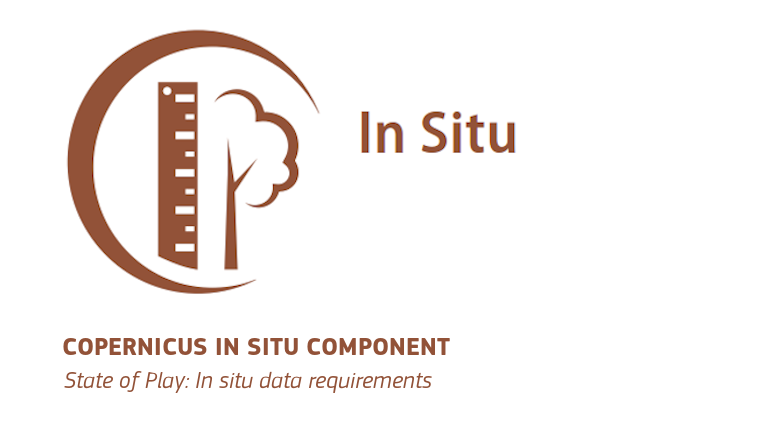
The Copernicus Services rely on a wide range of environmental data collected by external providers, including observations from ground-based, sea-borne, and air-borne monitoring systems, as well as geospatial reference data and other supplementary datasets. These data sources, collectively referred to as “in situ” data, are critical for complementing satellite observations and ensuring the accuracy and precision of the services offered by Copernicus.
The Copernicus In Situ Component plays a central role in coordinating and facilitating the use of these non-satellite data sources. It actively maps the landscape of available in situ data, identifying gaps in coverage, access challenges, or bottlenecks that may hinder effective data use. By addressing these issues, the In Situ Component ensures that the data needed by Copernicus services is accessible, high-quality, and fit for purpose.
Find out more here: https://insitu.copernicus.eu
This component also supports the provision of cross-cutting data—data that can be used across different Copernicus services, such as meteorology, marine, land, and climate monitoring—thereby improving the overall efficiency of the program. Furthermore, the In Situ Component manages partnerships with a diverse range of data providers, from national agencies and research institutions to international networks, in order to improve data sharing and streamline access conditions.
Icelandic In-Situ example

For example the Copernicus Atmosphere Monitoring Service (CAMS) National Collaboration Programme (NCP) in Iceland, led by LBHÍ (the Agricultural University of Iceland) and Náttúrufræðistofnun (Natural Science Institute of Iceland), focuses on dust monitoring in the country. Iceland is known for its frequent dust storms, particularly in areas with volcanic sand and glacial outwash plains. This collaboration enhances the monitoring of airborne dust, leveraging CAMS data and local expertise to provide accurate forecasts and assessments. The project contributes to a better understanding of dust transport and its impacts on air quality, ecosystems, and human health in Iceland and beyond.
Find out more here: https://ice-dust.com/

